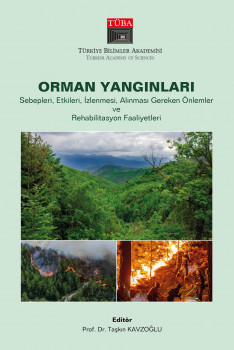Evaluation of Forest Fires in Terms of Climate Change

Evaluation of Forest Fires in Terms of Climate Change
Forests, which make up approximately 26% of the world’s terrestrial area, are at risk of fire due to the effect of global climate change. This risk is increasing especially for Mediterranean Basin forests due to drought, increasing temperature and decreasing precipitation. While approximately 10% of forest fires are caused by natural causes, the remaining is caused by human effects such as negligence, accident, carelessness and intent. Regardless of the way it occurs, forest fire size depends on the changes of meteorological parameters such as temperature, precipitation, wind and humidity resulting from climate change. For this reason, it is necessary to foresee the forest fires that will occur and take precautions accordingly. Fire indices, which were developed for this purpose and reveal the relationship between meteorological conditions and fires, are commonly used in the world. In this study, the subject of forest fires in Turkey was discussed, and the relationship of forest fires from past to present with meteorological parameters was examined. Angstörm fire indexes were calculated using July 2021 meteorological data of Marmaris, Milas, Köyceğiz, Manavgat and Gündoğmuş, where the largest forest fires occurred in Turkey in 2021. The index values obtained revealed that the fire risk was very high, especially between 25-31 July 2021, the period when forest fires started in these regions.
